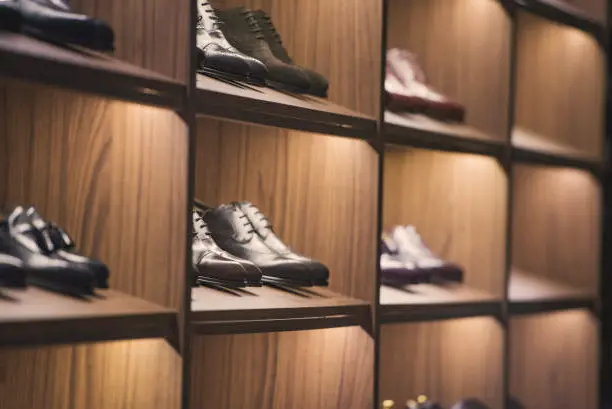
The Journey of Leather: From Hide to High Fashion
- Admin
Leather, one of the oldest materials known to humanity, has been utilized for various purposes throughout history. In the realm of fashion, it holds a prominent position, coveted for its durability, versatility, and timeless appeal. This article embarks on a journey tracing the lifecycle of leather, from its origins as raw hide to its transformation into luxurious fashion items.
From Pastures to Tanneries:
The journey of leather begins on the ranches and farms where animals, such as cattle, sheep, and goats, are raised for their hides. Once harvested, these hides undergo a series of processes at tanneries to remove hair, flesh, and other impurities, transforming them into raw leather ready for further refinement.
Craftsmanship in the Workshop:
In the hands of skilled artisans and craftsmen, raw leather is transformed into a myriad of fashion items, including shoes, bags, jackets, and accessories. Each piece undergoes meticulous cutting, stitching, and finishing, with an emphasis on quality craftsmanship and attention to detail.
The Art of Fashion:
Leather's versatility makes it a favorite material for designers and fashion houses seeking to create luxurious and iconic pieces. From classic leather jackets to statement handbags and footwear, leather continues to captivate designers and consumers alike with its timeless elegance and enduring appeal.
Sustainability in Leather Production:
As concerns over environmental sustainability grow, the leather industry faces scrutiny regarding its impact on the environment. However, efforts are being made to promote sustainable practices, such as responsible sourcing of hides, eco-friendly tanning methods, and the development of alternative materials.
The Future of Leather:
In an age of innovation and technology, the future of leather holds promise for further advancements in sustainability and ethical production. From lab-grown leather to upcycled materials, the industry is exploring new avenues to meet the demands of conscious consumers while preserving the legacy of this ancient material.
Conclusion:
In conclusion, the journey of leather from hide to high fashion is a testament to human ingenuity, craftsmanship, and innovation. As we continue to appreciate and utilize this versatile material, it is essential to embrace sustainable practices that ensure its longevity for generations to come. Whether as a symbol of luxury or a staple of everyday wear, leather remains a timeless and cherished component of the fashion world.
